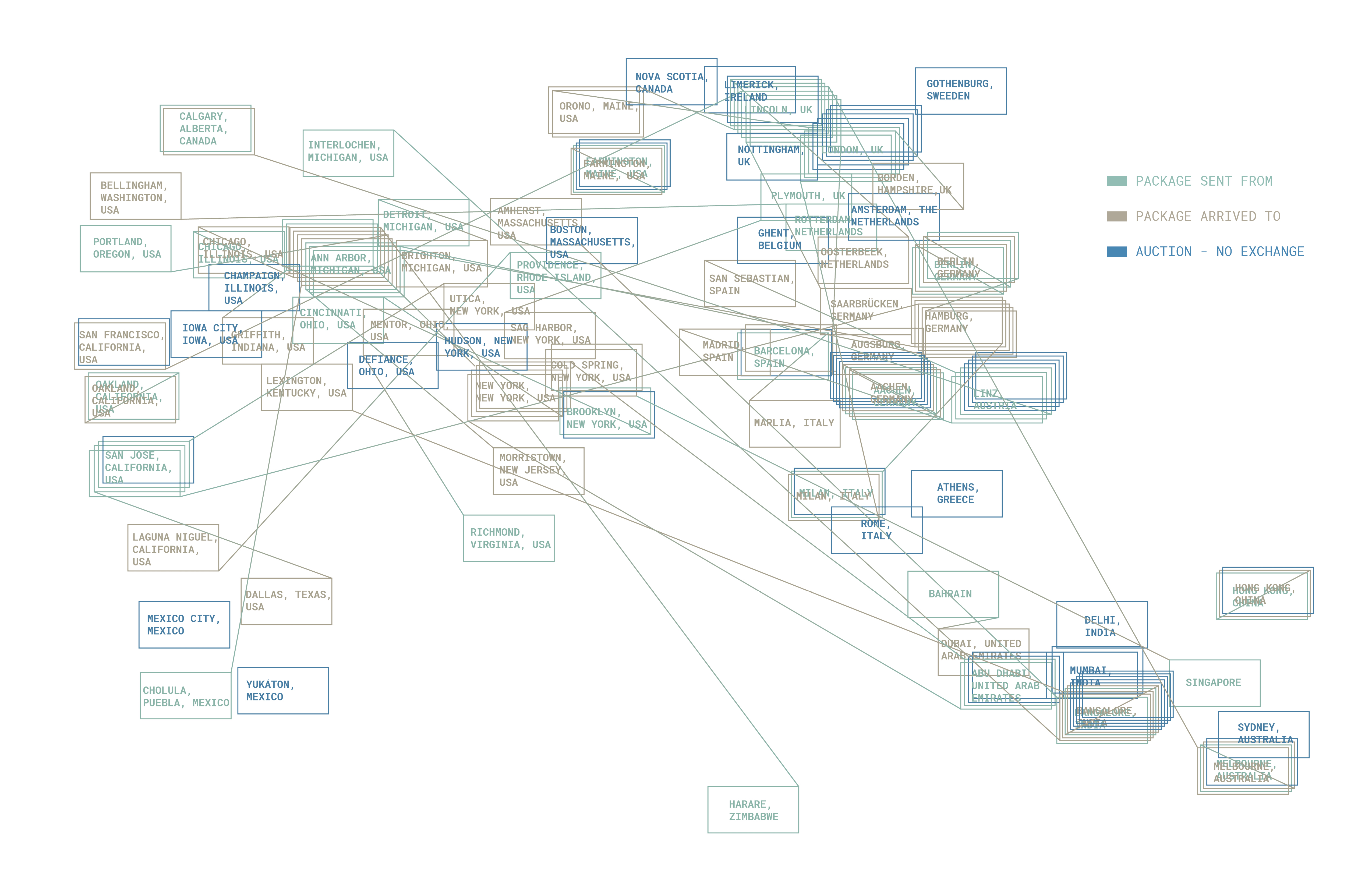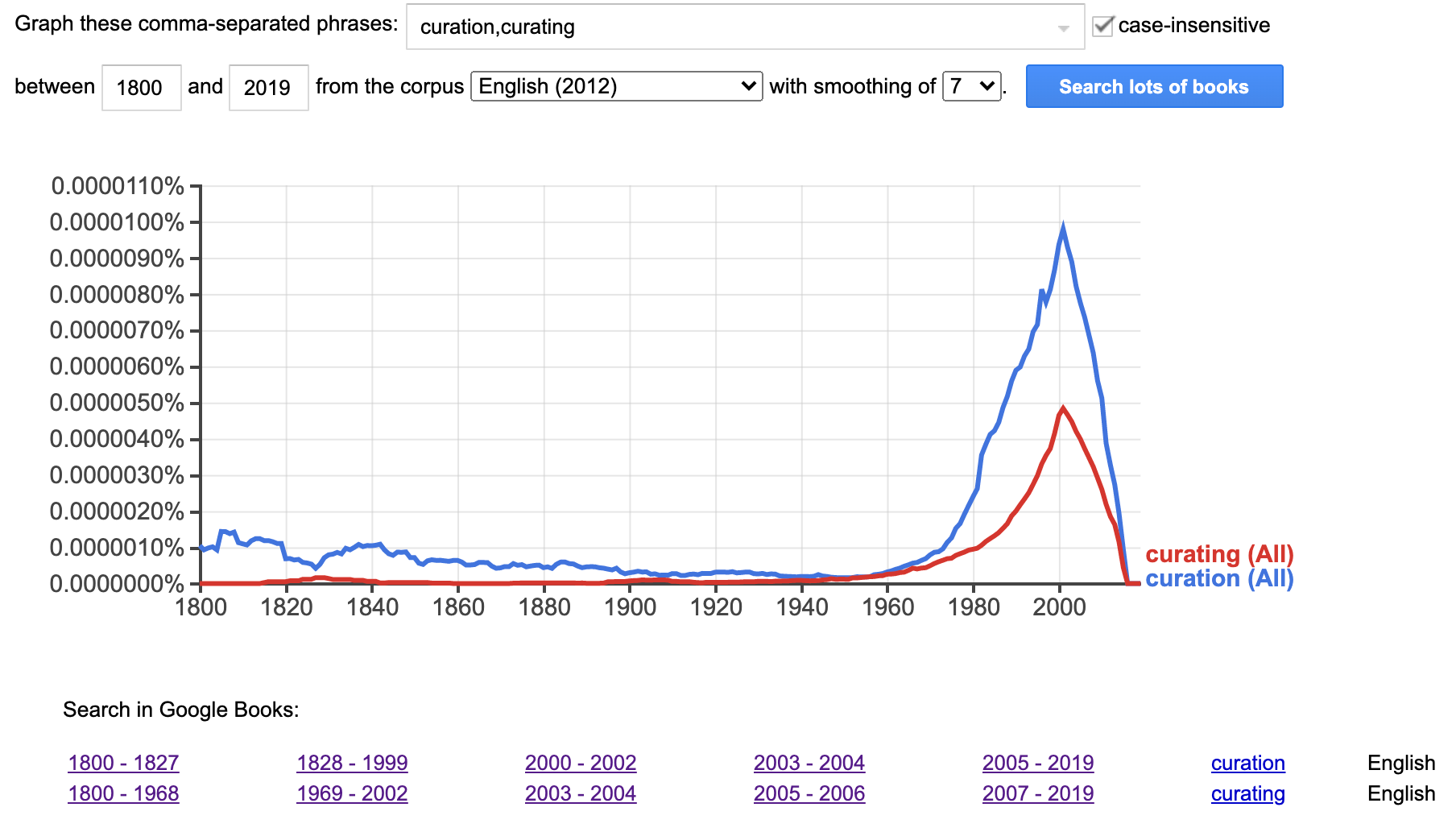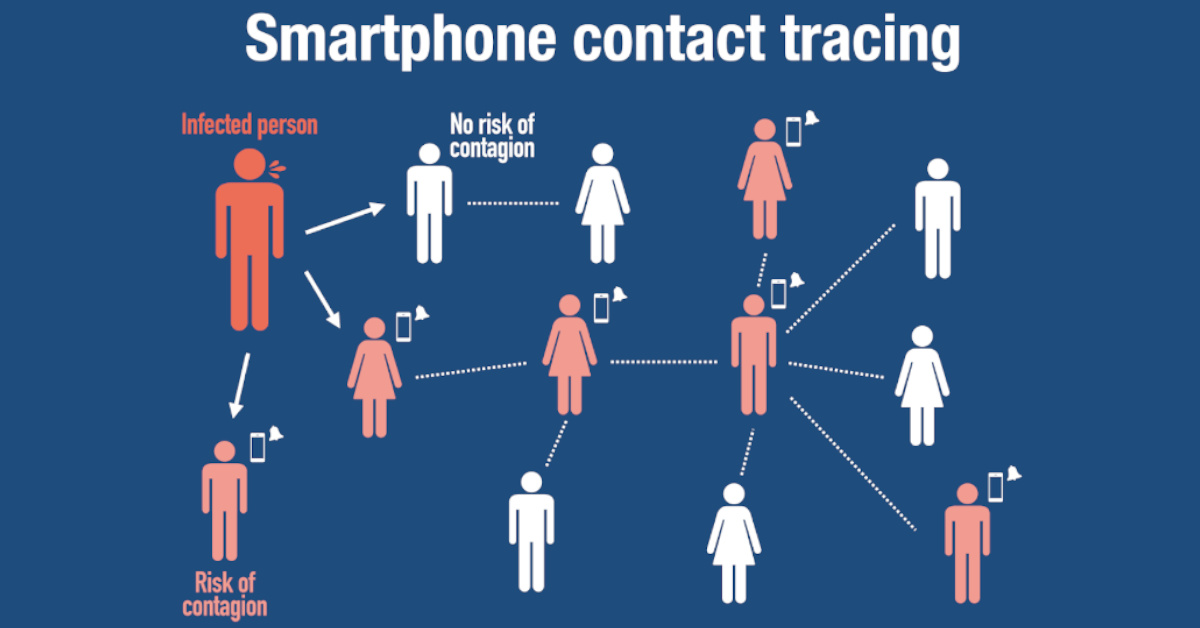Curating Care Commoning coop (CCCcoop)
RELATIONS
>>the relationships that exist between two people, organizations, or countries, and whether these are good or bad
## What are consequences for ethics and care when collaborating in sociotechnical assemblages that transform methods, collaborations and human–machine relations?
COLLECTIVE GLOSSARY
(add definition, date and author name and url + your name avatar)
>>>>>>>>>>>>>>>>>>>>>>>>>>>>>
#1:"The idea of collectivity for me is on a
very micro-political level, which is to do with the way I think about my curatorial practice. I have spoken a lot about the idea friendships, for example, or collaborative processes existing, not necessarily in a deliberate way, but over long, sustained periods of time. They kind of happen organically for me because
I develop that kind of relationship with the people I meet. This sort of micro-politics also relates to the larger politics of the
political movements I choose to align myself with, whether it’s the resistance movement that’s happened over that last couple of months, or just building certain dreams with people that I’m invested in as individuals, not just for the work they do, but also for who they are."
—
Meenakshi Thirukode, interview in Walkin the Portal, published by Walkin Studios (2020)
CASE STUDIES:
(add title of the project, curators, short description, representative image + url)
>>>>>>>>>>>>>>>>>>>>>>>>>>>>>>>>>>>>>>>>>>>>>>>>>>>>>>>>>>>>>>>>
#1:
exstrange, 2017. Curated by Rebekah Modrak and Marialaura Ghidini.
http://exstrange.com/hello/
#exstrange was a live exhibition project that used the online marketplace eBay as a site of curatorial operation, artistic production and cultural exchange; a project that operated within the geographical boundaries enabled by the commercial platform the curators appropriated—the various ‘national’ eBay sites. The curators created #exstrange to explore collective strategies of production and communication online; strategies that they thought would enable more personal and meaningful encounters between auctions and the passers-by of the e-marketplace, and between artists and audiences. At its core, #exstrange sought responses to the driving question: “What forms of encounters and types of relationships can take place in the realm of e-commerce beyond the seller-to- buyer transaction, the fundraiser-to-backer association, or the peer-to-peer swap?”

#exstange Map of Exchanges between participants, 2017

#2: "After the emergence of Web 2.0 (Tim O’Reilly, 2004) we are facing a progressive commercialization of web-based contexts of sharing and social relationships, which want to appear open and progressive, but which are indeed transforming the meaning of communities and networking, placing it into the boundaries of the marketplace. From the use of technology of cooperation to create self-organized cultural activity, we are today in the domain of “business analysts who seek collaboration as a tool to grow wealth for the already prosperous”. Social networks are a clear example of the emerging trend of incorporating our daily life in a net of constant connectivity, where our exposed subjectivity becomes attractive merchandise, following the process of “mass amateurization” as defined by Lawrence Lessig and Joi Ito. But as Lovink and Scholz argued, in many projects of Web 2.0 social community “there is no total autonomy of collaborative projects”, and “working together does not exempt us from systemic complicity” (Geert Lovink and Trebor Scholz, 2007: 10). They also argue that even if contexts of sharing are becoming more accessible than before thanks to social media, this phenomenon might be a mirror of a lack of desire of common participation. Therefore, it is not surprising to notice that many online independent communities and mailing-lists very active in the netculture and net art between mid-1990s and mid-2000s are today much less participated, while a good portion of their members is quite active in social networks such as Facebook, which however require a less meditative involvement.
- Tatiana Bazzichelli,
On Disruptive Art and Business, 2010


MANY MASKS OF A LOCKDOWN.
By Krithika Srinivasan; The Hindu, 19th April 2020
"The irony is that those who benefit from
lockdown do so only because there are
others who aren’t going into lockdown and
who continue to face the risk of infection. In
our deeply interconnected societies, every
minute aspect of our everyday lives — from
food and water to electricity, phone and
internet connections, sewage systems and
waste management services and medical
supply chains — depends on the work of
other people, who more often than not, are
the low-income occupations."
Poster for the “Ascension Timeline call for 1
million meditators to liberate and reclaim our
world on April 4th, 2020 at precisely 10:45pm
EST when a celestial stargate opens”.
#3:
DISTANCE DISCO, 2020. Curated by DuoDisco (Mark Meeuwenoord, Arjan Scherpenisse and Klasien van de Zandschulp) in collaboration with TIN.
https://distancedisco.nl
A quirky social experiement, Distance Disco is the antidote to social distancing
"Intellectuals are of their time, herded along by the mass politics of representations embodied by the information or media industry, capable of resisting those only by disputing the images, official narratives, justifications of power circulated by an increasingly powerful media.
- Edward W. Said’s Representations of the Intellectual, The 1993 Reith Lectures, Vintage (1996)
TECHNOLOGY IS STUPID AND BECAUSE OF THAT
WE HAVE TO WRITE A VERY LONG TEXT ABOUT IT
by Marek Tuszynski; tacticaltech.org, end of March 2020
Frictionless is equal to effortless. In the real world, friction is necessary for understanding systems and making choices, like in personal relationships.
Similarly, when we remove friction in technological design, things become easier to use, but we lose our cognitive ability to understand how they work and what business models are behind them. This approach, combined with the ‘gamification’ of our interactions (reward schemes, endless scrolls, positive feedback loops), makes us dependent on tools with practices we may otherwise disagree with. The scandal with Facebook and Cambridge Analytica is a case in point here.

The mycorrhizal network (left) is a network of tree roots and fungal mycelium through which trees communicate. Larger trees, represented here by larger green circles, act as nodes in the network and generally have more connections (right). (© Augustine Leudar)
#2:
256 Million Colours of Violence, 2020. Curated by Ali Akbar Mehta, and developed as an online web experience in collaboration with Palash Mukhopadhyay.
http://www.256millioncoloursofviolence.com/
256 Million Colours of Violence is a survey-based interactive archival research project, inviting online and onsite audiences to participate in a survey-based research to actively co-create the website’s archive of colours that represent ‘violence’.
Where do you fit in the larger scheme of things? Is your citizenship made doubtful? Is your right to live questioned? Does the question, ‘Where are you from?’, seem like a violent intrusion normalized through repetition?
When species meet - Excerpt of a lecture by Donna Haraway
#4: Field Broadcast (2012-). Developed and directed by artists Rob Smith and Rebecca Birch.
http://fieldbroadcast.org
Field Broadcast works with ideas of remoteness and connectivity, intimacy and distance. Its medium is live digital broadcast, and it commissions artists to make work specifically for this platform. Broadcasts are made from particular locations, in interaction with the surroundings, which become an actor within the work.
Image: You Could've Said... (2013) A Google Keyword Confessional by Erica Scourti
"Well-meant self-help advice becomes part of the problem as it merely mirrors the avalanche of applications aimed to create “a better version of you.” [...]Instead, we should find ways to politicize the situation. A critical platform approach should, first of all, shy away from any solution based on the addiction metaphor: the online billions are not sick and I’m not a patient either."
— Geert Lovink, "Sad by Design. On Platform Nihilism" (2019, Pluto Press), page 36
Gallery Delivery
https://gallery.delivery
https://greencube.gallery/about
http://sebastianschmieg.com/gallery-delivery/
https://www.theguardian.com/technology/2014/dec/05/software-bot-darknet-shopping-spree-random-shopper
How can 'empathy' and 'sensing' be acknowledged and incorporated when working collaboratively across digital platforms and devices?
1- Choose a situation when you use a service app, platform or digital assistant. What is the situation?
Wellness apps for meditation and recreation; these apps allow you to find quiet/mindful time in the day top
2. Analyze how the problem the app wants to solve is addressed. What is the logic it uses? What are the experiences it creates? For example, how does it impact human interactions, imagination, way of thinking, and necessities?
the logic behind these apps is that it is your (individual) responsibility to improve your wellbeing.
We want to subvert this logic by proposing that collective problems require collective solutions.
Thus we want to develop an app that allows you to leverage the time and effort you're spending working on yourself towards addressing a collective problem.
SHAKE
IT
UP